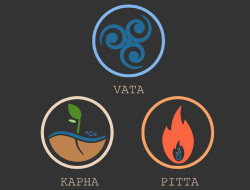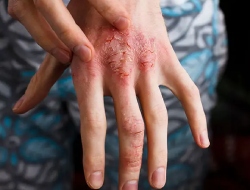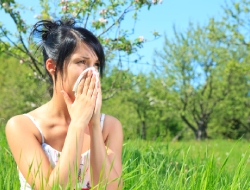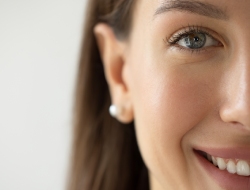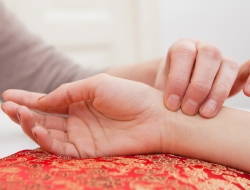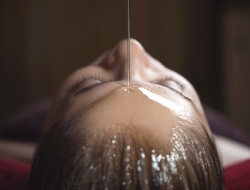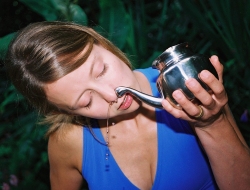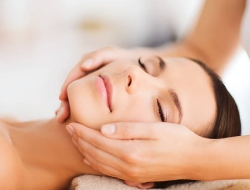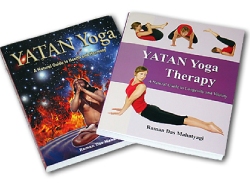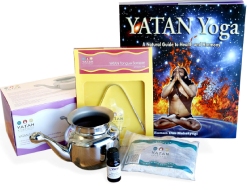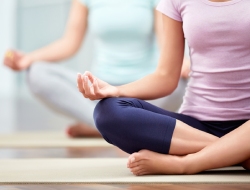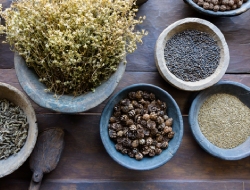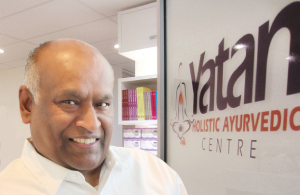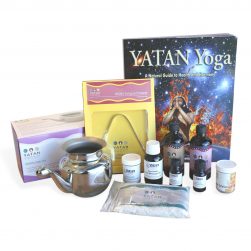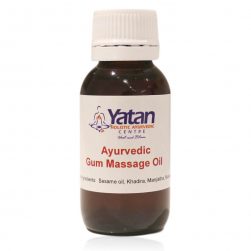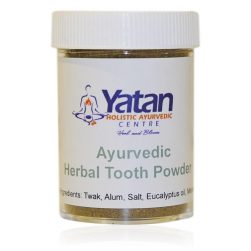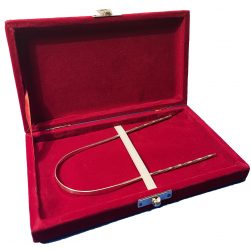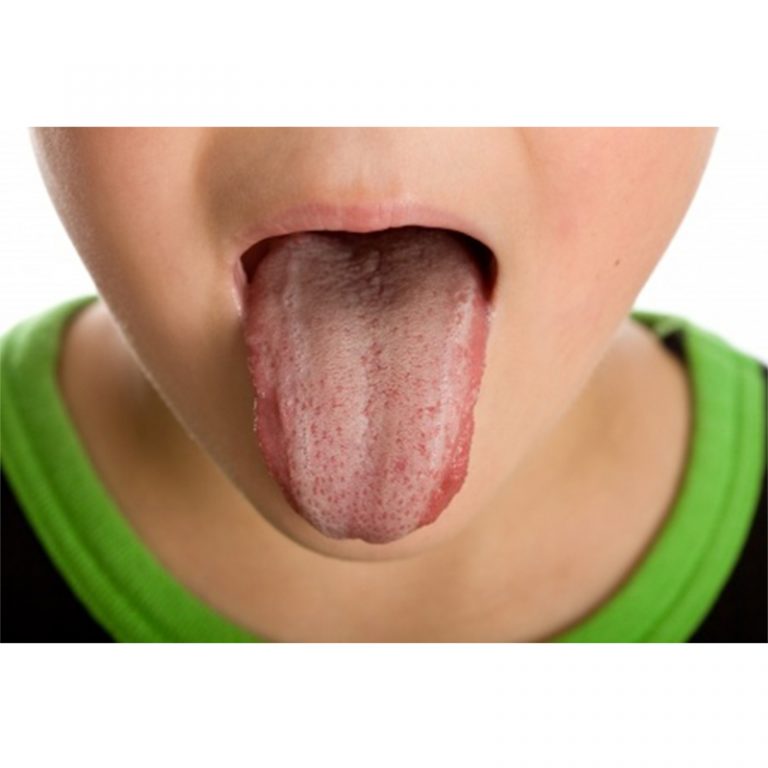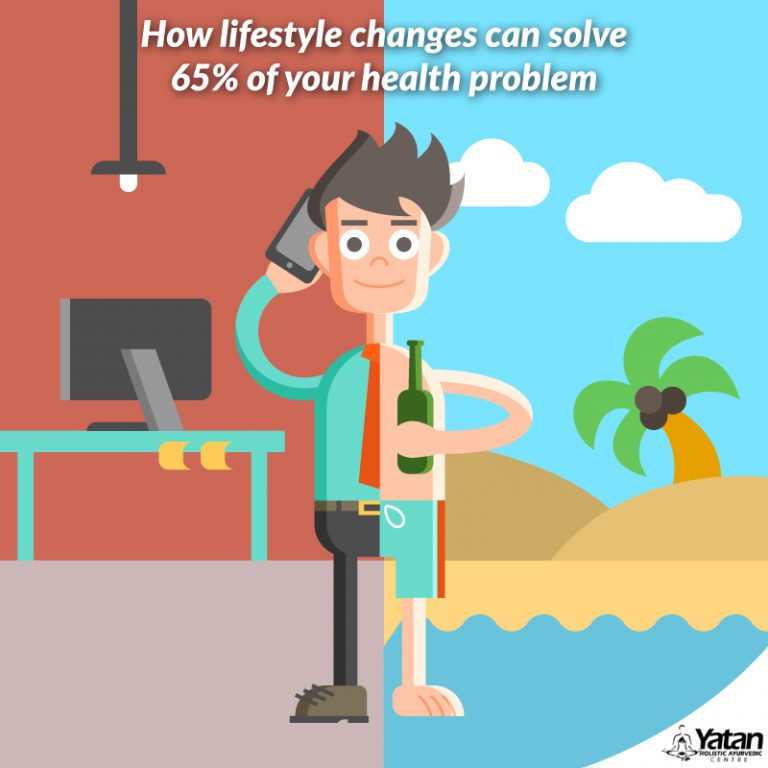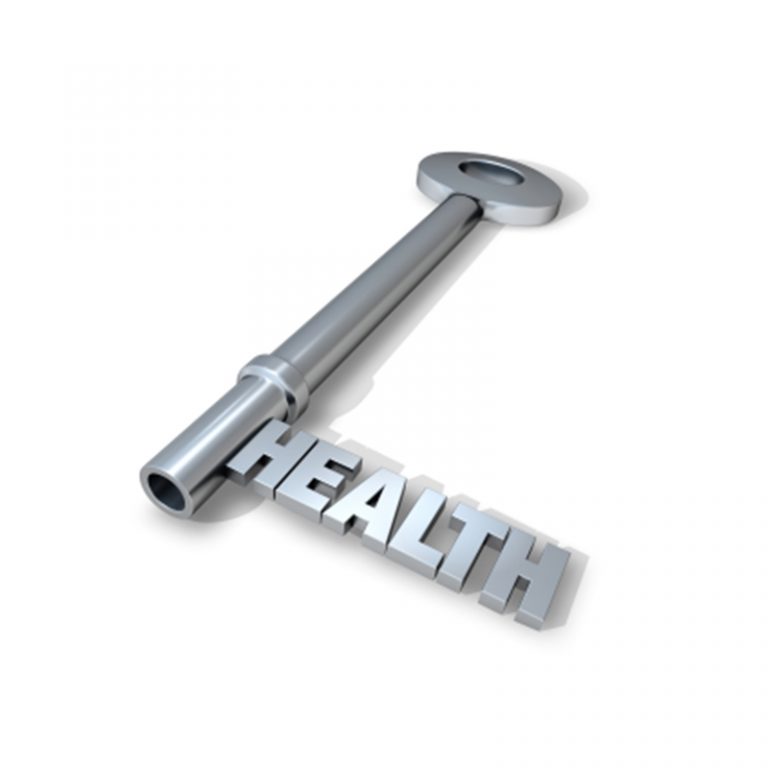Why You May Need a Mouth Detox NOW!
Many people are raving about detox nowadays: gut detox, skin detox, liver detox, kidney detox, even hair detox! But a part of the body that often gets overlooked is the mouth. Little things like not cleaning your toothbrush properly after use may be all you need to encourage serious bacterial growth, pain, ulcers, and even gum disease.
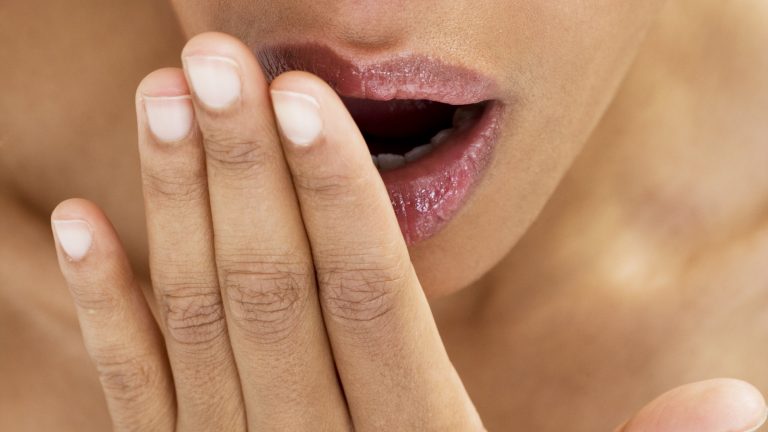
But how can anyone know they need a mouth detox? And how can you go about it the natural, holistic way?
The Mouth’s Important Role
The mouth, otherwise the oral cavity, is a vital part of our everyday life and wellness. It is where our digestive tract begins, as soon as you take that first bite. The mouth contains many other organs inside it, such as the teeth, tongue and the salivary gland ducts, that all work in unison to aid in the ingestion and digestion process.
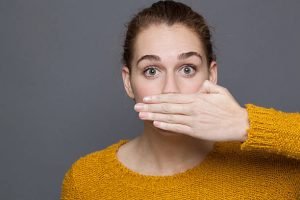 The mouth is responsible for our ability to eat, bite, chew, taste, salivate and swallow. It also functions as a means of expression. It talks, smiles, frowns and laughs. And lastly, the mouth houses an abundance of bacteria which, if left unattended to, can completely get out of whack and result in disease – and these bacteria practically flourish overnight as you sleep!
The mouth is responsible for our ability to eat, bite, chew, taste, salivate and swallow. It also functions as a means of expression. It talks, smiles, frowns and laughs. And lastly, the mouth houses an abundance of bacteria which, if left unattended to, can completely get out of whack and result in disease – and these bacteria practically flourish overnight as you sleep!
But other than brushing your teeth and the occasional gargle or floss, how do you take care of this important system?
Ayurveda recommends various ways of detoxifying the mouth, teeth, taste buds and gums. But the method will depend on the root cause of your mouth problems, as well as the symptoms presented.
Signs You Need a Mouth Detox
The mouth signals in various ways when it is simply in need of extra care. These signals include:
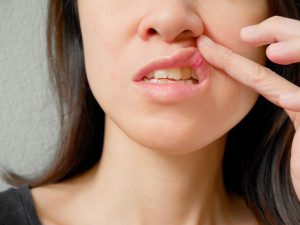
- Bad breath
- White tongue coating (Candidiasis)
- Toothache
- Mouth sores or ulcers
- Lack of taste
- Stained teeth
- Bleeding, sore or itchy gums
- Gingivitis
If you have any of the above symptoms for a period longer than two weeks, you may seriously be in need of a mouth detox.
The Ayurvedic Skin Detox Process
In our YATAN Holistic Ayurvedic Centre, we have been successfully helping patients detox through Panchakarma for two decades. A deep Panchakarma detox may include things like Basti (enema) Therapy, especially in severe cases.
There are, however, some things you can do at home to detox your mouth and prevent a toxin or bacterial overload:
- Brush your teeth after every meal using a non-toxic toothpaste or our own YATAN Tooth Powder. Make sure your toothbrush is thoroughly washed with warm water after usage.
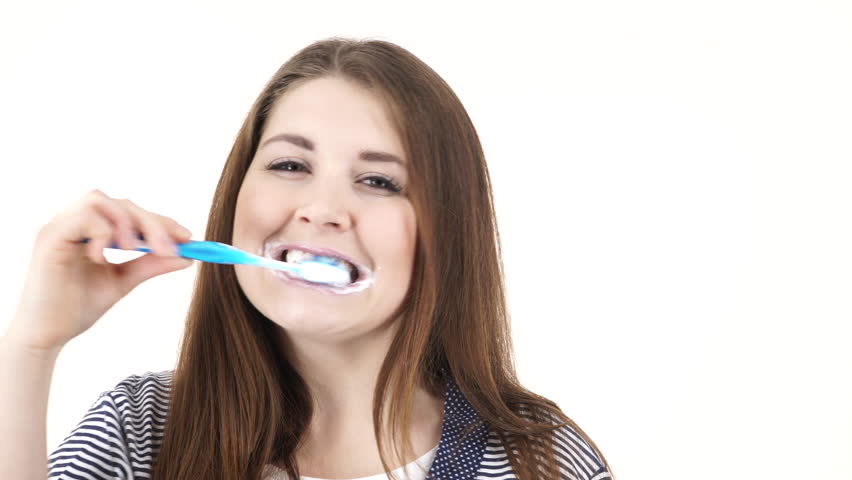
- Rinse your mouth 4 to 5 times after brushing. This will prevent the leftover tartar and bacteria from re-clinging to the teeth. Add some Ayurvedic Rock Salt to the rinse for an extra-deep cleanse.
- Scrape your tongue to remove any white coating or toxic residue. You can use our premium YATAN Tongue Scraper.
- Massage your gums with our Ayurvedic Gum Massage Oil. Rub it directly onto your gums or swish it around for 5-20 minutes.
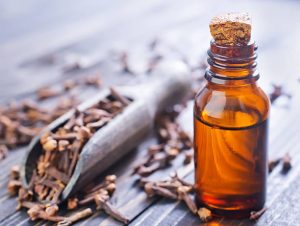
- Use clove oil if you are dealing with tooth pain or Candidiasis. Clove oil is an impressive natural painkiller, anti-inflammatory, antibacterial and antioxidant!
- Chew on ginger or black sesame seed to cleanse the oral cavity. Both effortlessly refresh the mouth, pull away nasty bacteria and even remove plaque!
- Try Detox-Yoga like Shankh Prakshalana, Sitkari Pranayama and Sitali Pranayama (your Ayurvedic practitioner should know how to demonstrate these techniques, so do follow his advice before trying any of them at home).
Looking for a customised, all-natural way to detox your mouth and deeply rejuvenate your entire body? Contact us for a free no-obligation Ayurveda consultation today!
All information and resources referenced in this article, including medicinal preparations, exercise and dietary recommendations, are based on the opinion of the author. All content is intended to inform and encourage the reader to seek professional advice if the aforementioned conditions and symptoms are present. No information in this article should be considered a diagnosis or prescription.

*Discover holistic healing with a complimentary phone or video consultation from our expert Ayurvedic practitioner. Start your path to better health today!*

